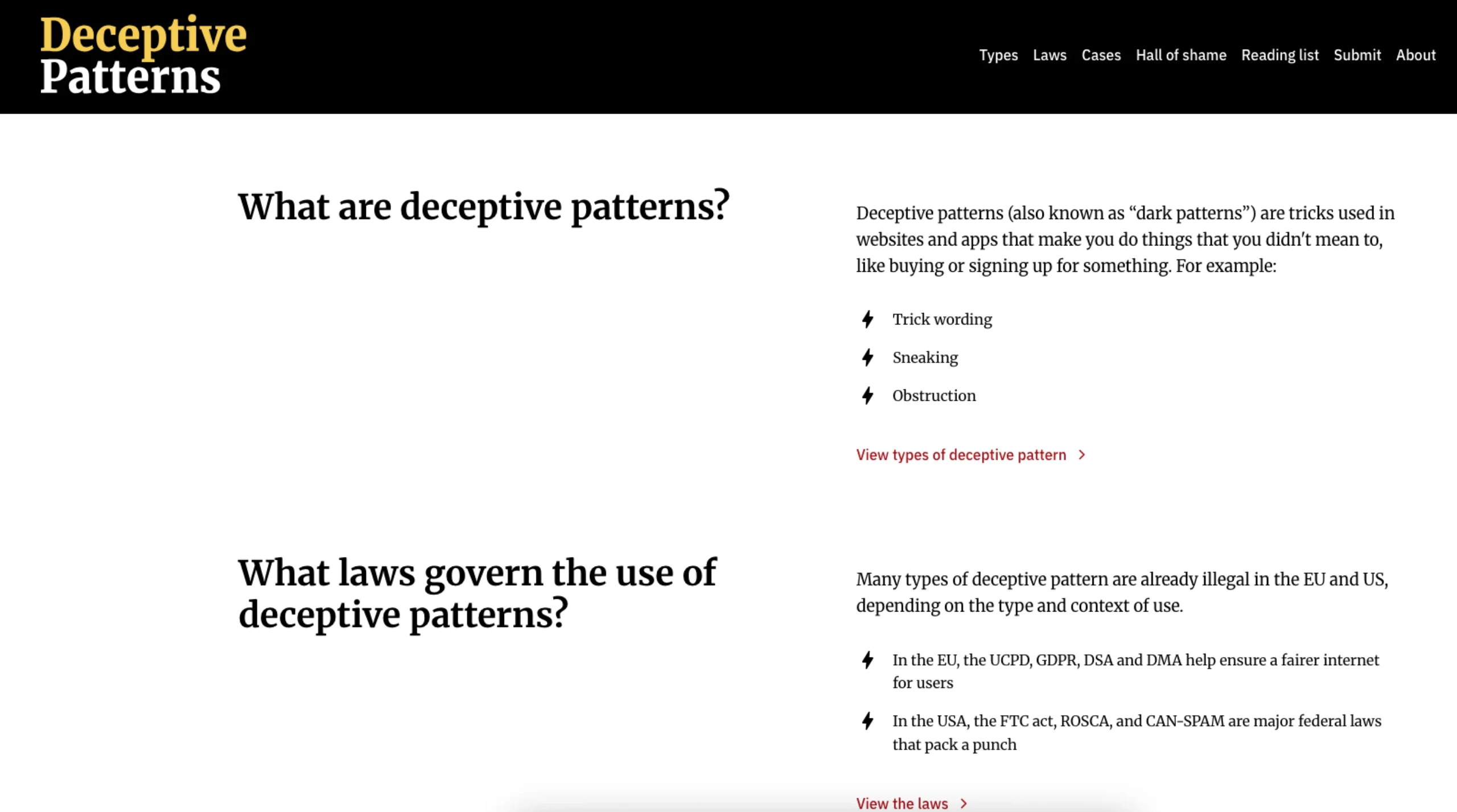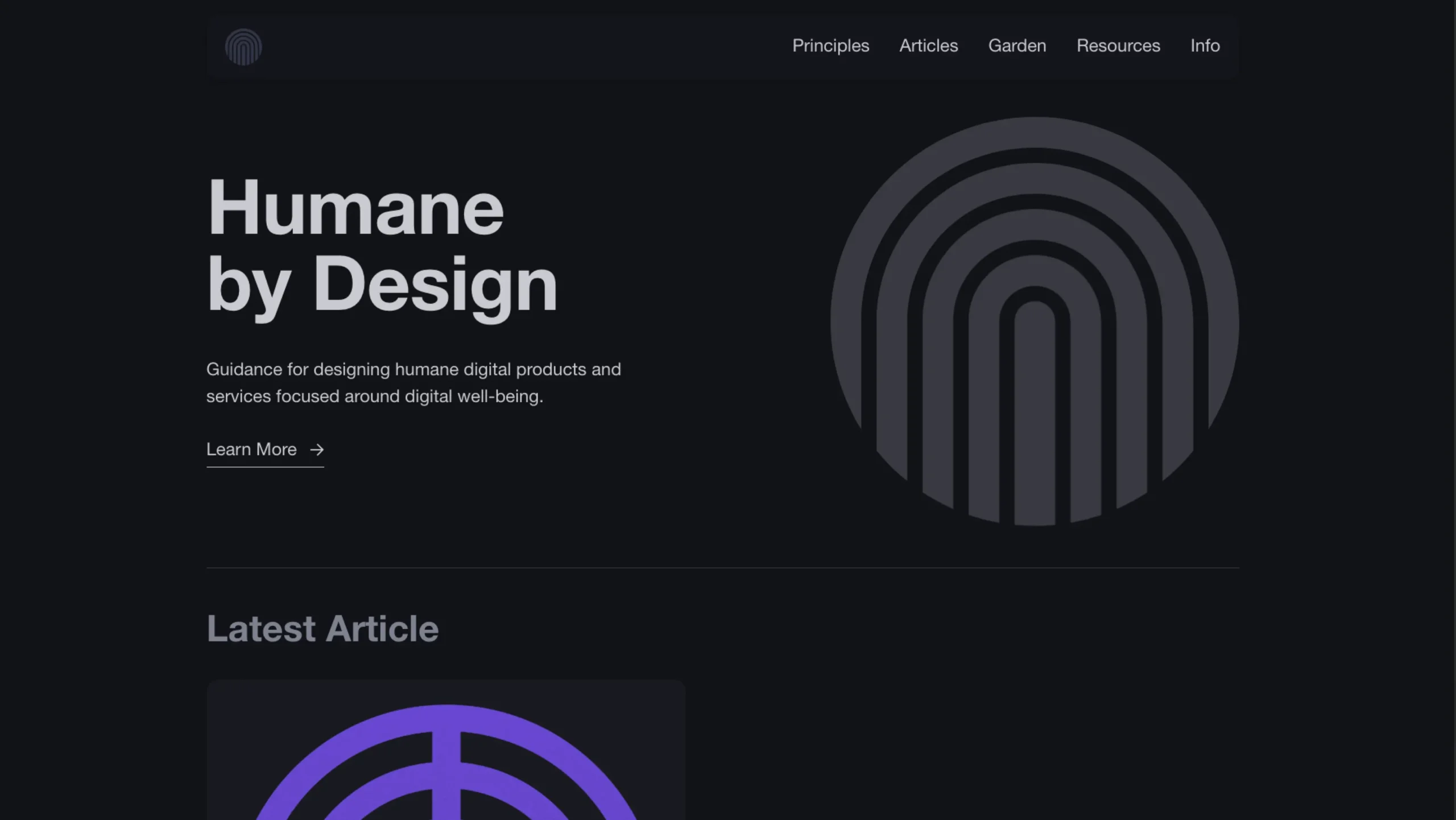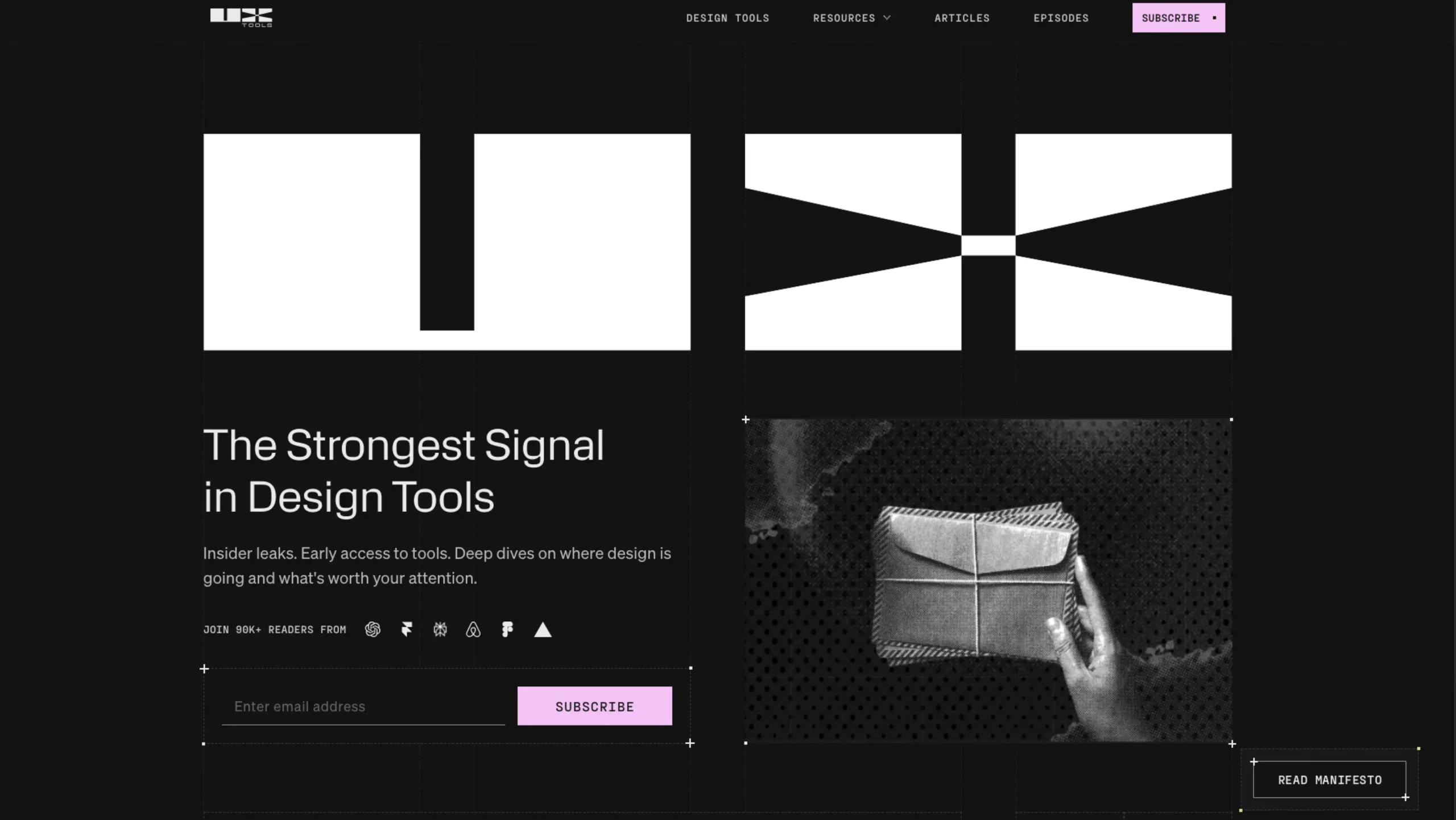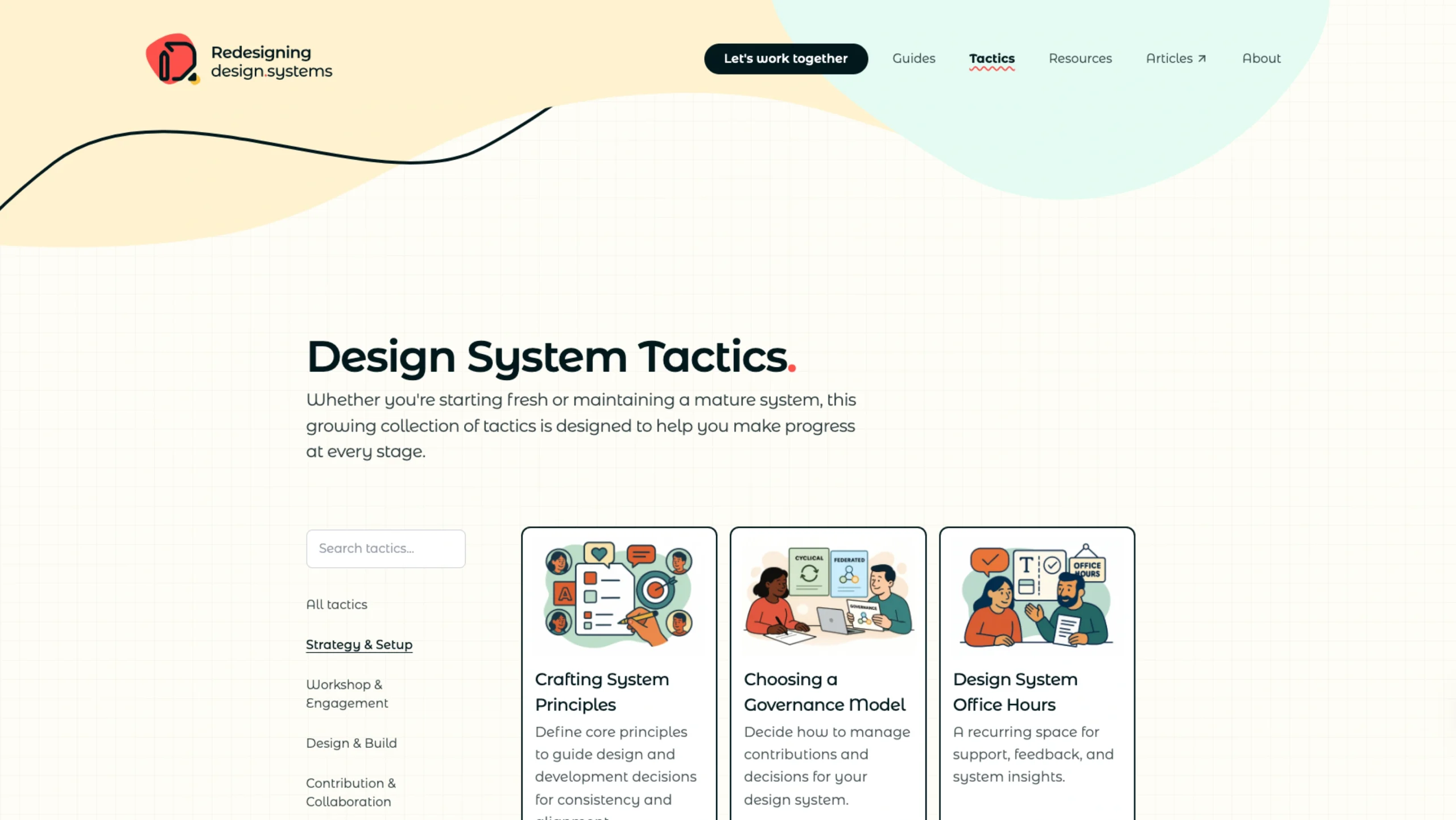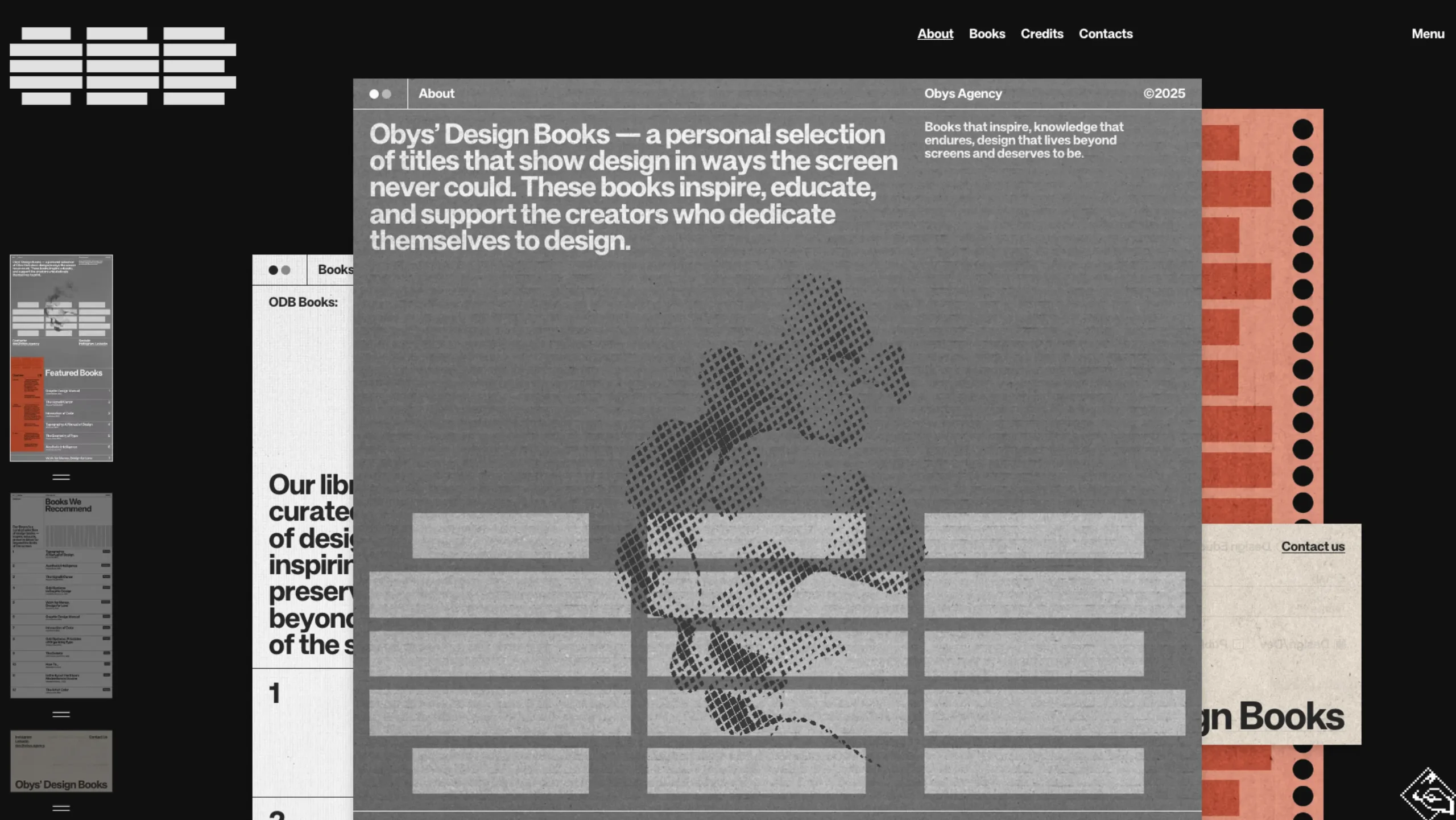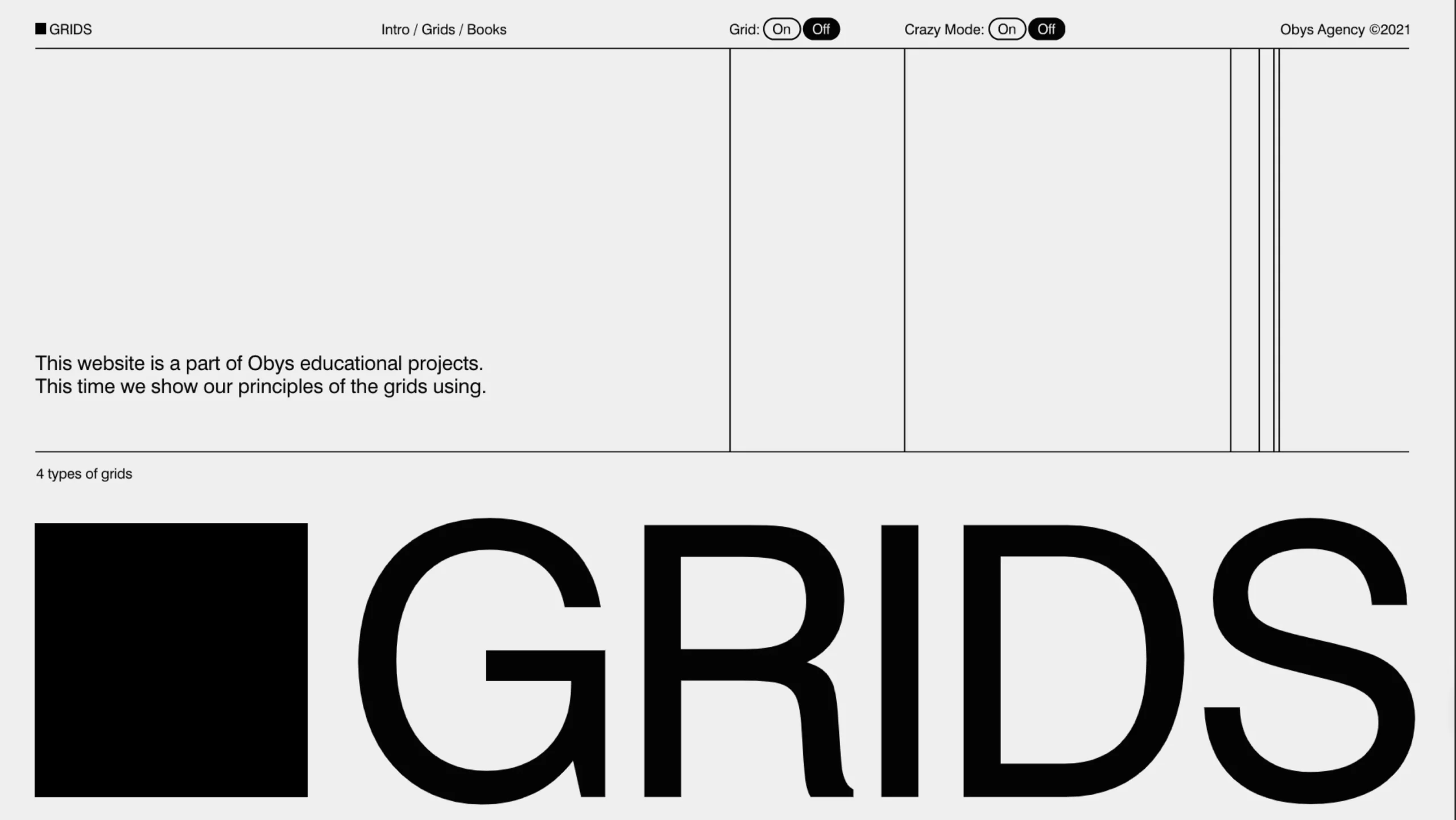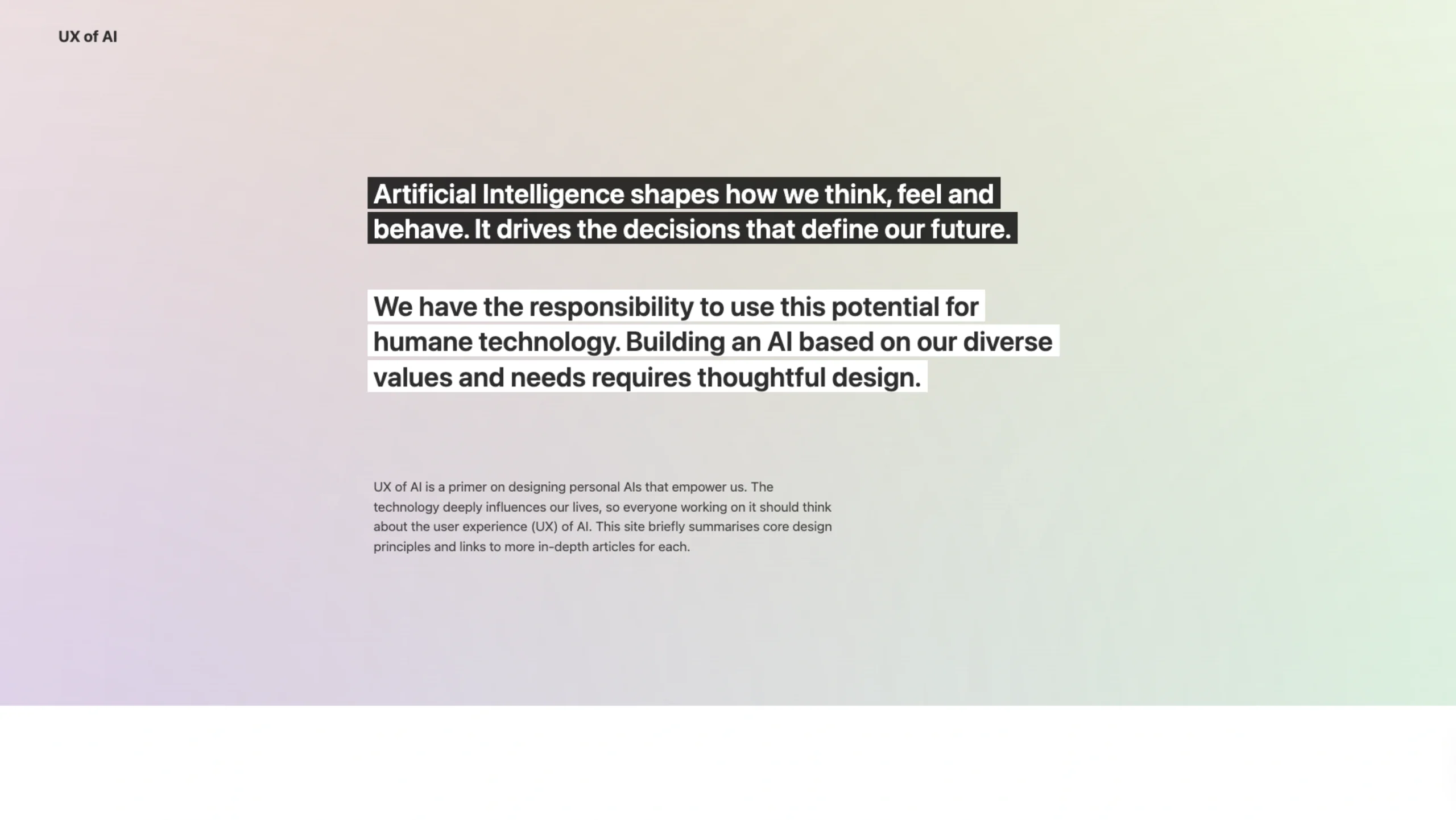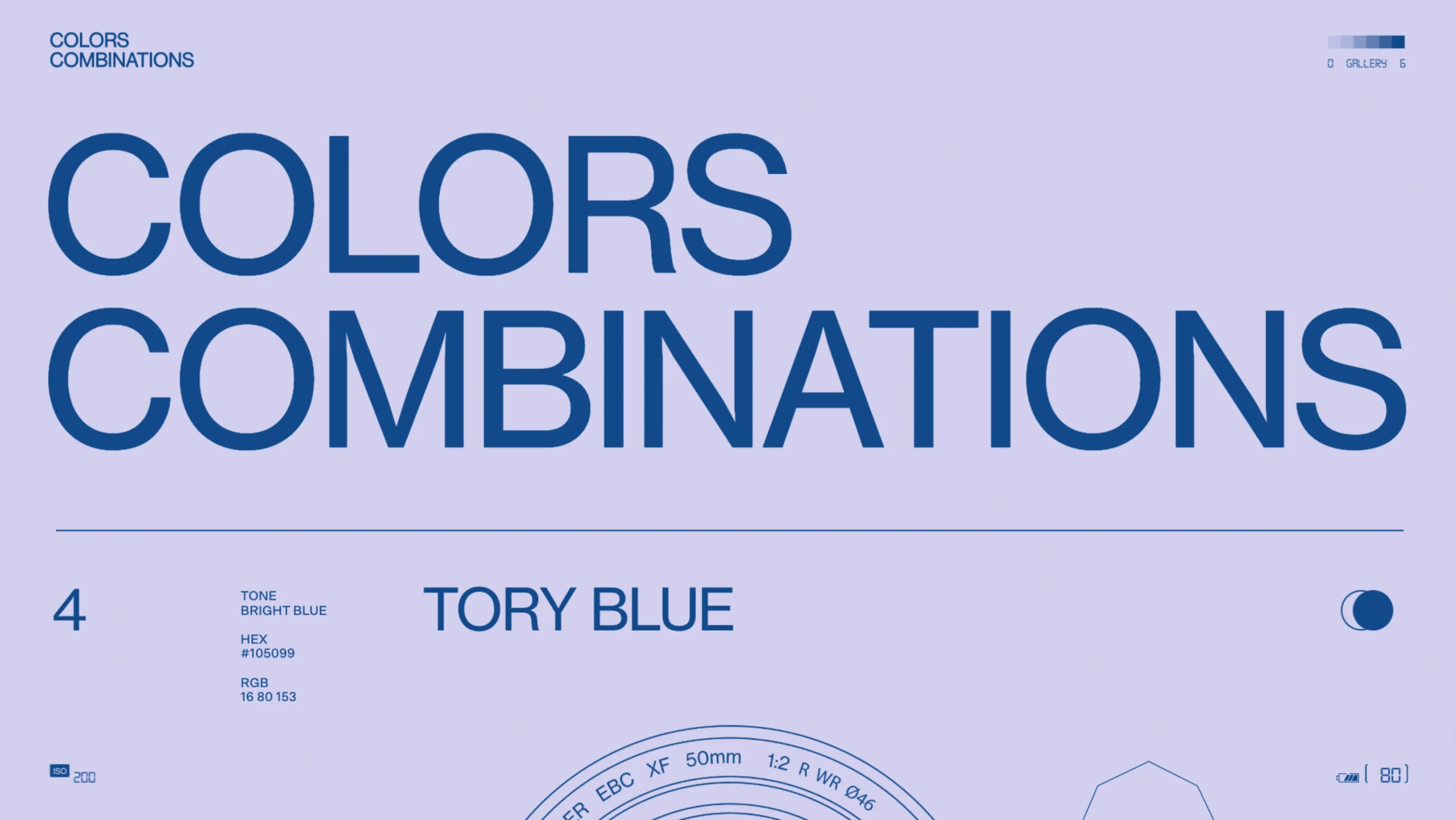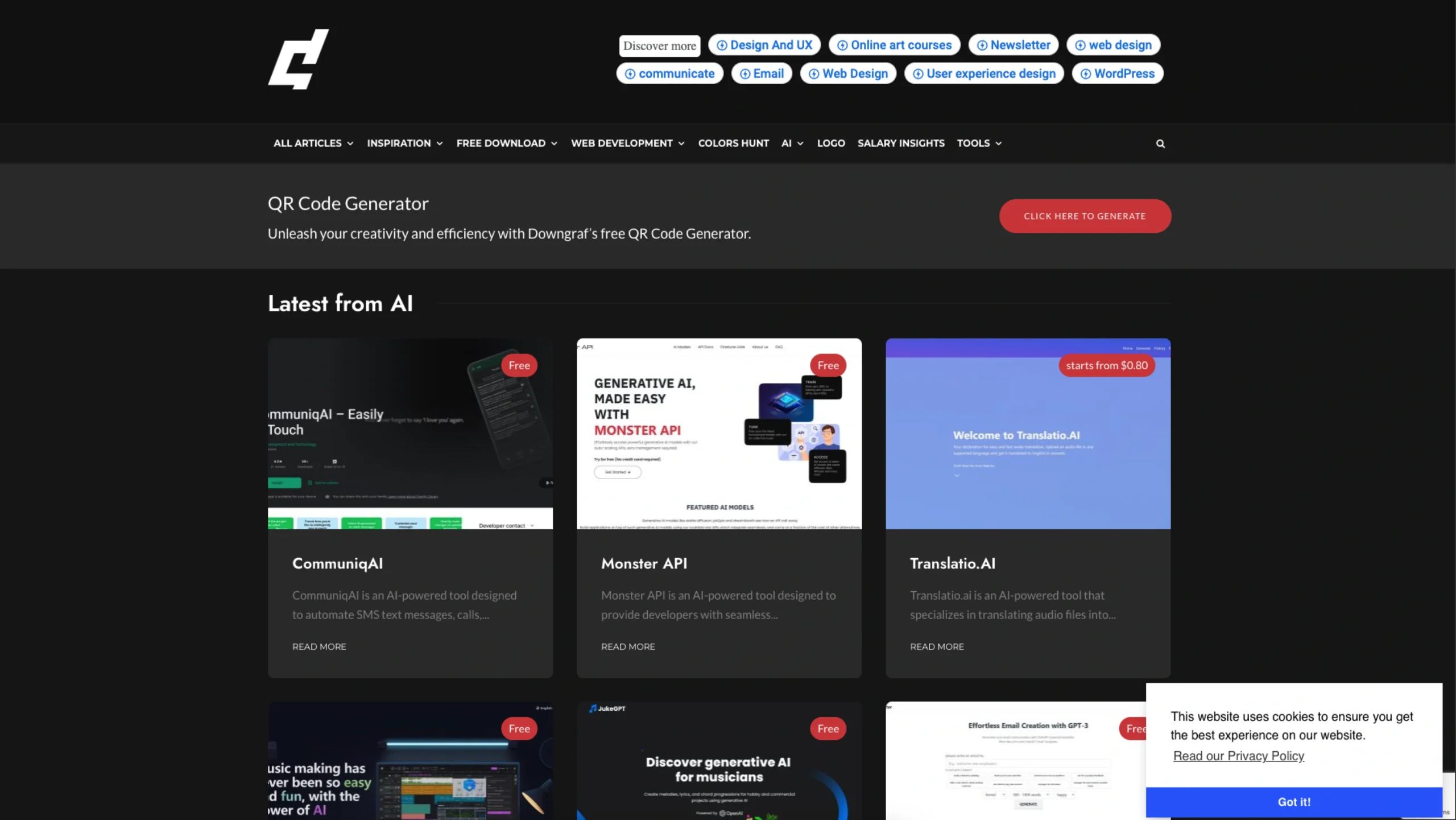Deceptive Patterns is an educational platform dedicated to identifying and raising awareness about manipulative design practices—commonly referred to as “dark patterns”—used in digital interfaces to coerce users into actions they might not intend, such as unintended purchases or unwarranted data sharing.
Key Features:
- Types of Deceptive Patterns: The site categorizes various manipulative design strategies, including:
- Confirmshaming: Emotionally manipulating users into consent by inducing guilt.
- Trick Wording: Using ambiguous or misleading language to confuse users.
- Obstruction: Creating hurdles that make desired actions, like opting out, unnecessarily difficult.
- Visual Interference: Designing interfaces that hide or obscure important information.
- Legal Frameworks: The platform outlines laws and regulations addressing deceptive patterns, such as the EU’s General Data Protection Regulation (GDPR) and the U.S. Federal Trade Commission Act, highlighting how these practices are increasingly subject to legal scrutiny.
- Notable Cases: It documents instances where companies faced legal action for employing deceptive patterns, including:
- Epic Games: Paid $245 million to settle charges related to deceptive practices in Fortnite’s payment system.
- Noom: Settled for $62 million over allegations of misleading subscription and auto-renewal practices.
- AT&T: Fined $105 million for unauthorized charges on customer bills.
- Hall of Shame: A compilation of over 400 examples showcasing companies that have employed deceptive patterns, including major tech firms like Google, Facebook, Amazon, and LinkedIn.
- Educational Resources: The site offers a comprehensive reading list and a book titled Deceptive Patterns by Dr. Harry Brignull, providing in-depth analysis of manipulative design tactics and their implications.
Background:
- Founded in 2010 by Dr. Harry Brignull, the initiative began as darkpatterns.org and has since evolved into a collaborative effort with legal scholars to combat unethical design practices. The term “dark patterns” has been rebranded to “deceptive patterns” to avoid negative connotations and better reflect the site’s mission
- Deceptive Patterns serves as a vital resource for designers, developers, policymakers, and consumers aiming to promote ethical design standards and protect user rights in the digital landscape.





































